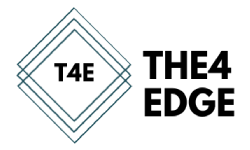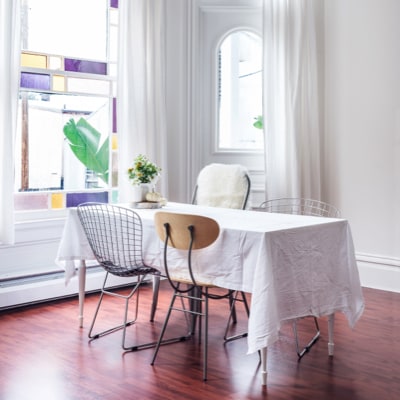
Modular homes offer a cost-effective and efficient alternative to traditional stick-built construction, but their prices can vary widely depending on a range of factors. Understanding the key elements that impact modular home prices is crucial for homeowners looking to invest in this innovative housing option. Here are some lesser-known factors that influence the pricing of modular homes.
Location and Site Conditions
The location of the building site plays a significant role in determining the price of a modular home. Factors such as accessibility, proximity to utilities, local building codes, and zoning regulations can all impact construction costs. Sites with challenging terrain, poor soil conditions, or limited access may require additional preparation and customisation, resulting in higher overall costs. Similarly, areas with higher labour and material costs, such as urban centres or remote regions, may see higher modular home prices compared to more affordable locales.
Design Complexity and Customisation
The complexity of the design and level of customisation desired by the homeowner can have a substantial impact on modular home prices. Standard modular home designs with simple floor plans and minimal customisation options tend to be more affordable than highly customised or architecturally complex designs. Additional features such as vaulted ceilings, custom cabinetry, premium finishes, and specialised fixtures can all contribute to higher costs. While modular homes offer a wide range of design possibilities, homeowners should be mindful of the budgetary implications of their design choices.
Quality of Materials and Finishes
Modular homes are available in a variety of quality levels, ranging from basic economy models to high-end luxury options. The quality of materials and finishes selected for the home can significantly influence its price. Higher-quality materials such as hardwood flooring, granite countertops, and energy-efficient windows will typically command a higher price tag than more budget-friendly alternatives. Additionally, specialised features such as smart home technology, energy-efficient appliances, and custom-built furniture can further add to the cost of a modular home.
Market Demand and Economic Factors
Market demand and economic conditions can affect modular home prices on both a regional and national level. In areas with high demand for housing and limited supply, modular home prices may be higher due to increased competition and rising land and construction costs. Conversely, in areas with sluggish housing markets or economic downturns, modular home prices may be more competitive as manufacturers and contractors seek to attract buyers with lower pricing and incentives. Keeping an eye on market trends and economic indicators can help homeowners make informed decisions about when to invest in a modular home.
Modular homes offer a cost-effective, efficient, and customisable housing solution for homeowners, but their prices can vary depending on a variety of factors. Location and site conditions, design complexity and customisation, quality of materials and finishes, manufacturer reputation and certification, construction timeline and labour costs, and market demand and economic factors all play a role in determining modular home prices. By understanding these factors and how they impact pricing, homeowners can make informed decisions about their modular home investment and ensure they get the best value for their money.






